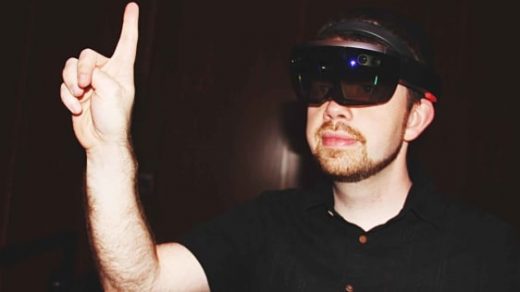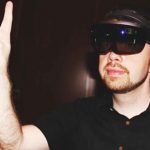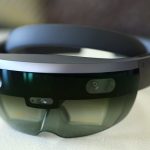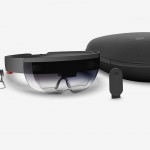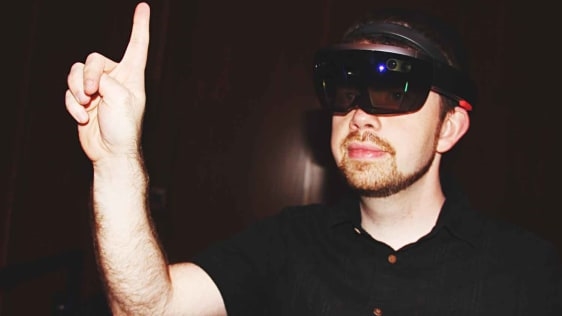3 ways reality is about to get mixed, according to the inventor of the HoloLens
You might have heard that we’re on the cusp of a new technology—mixed reality—that’s something like a combination of augmented and virtual reality. And while it’s a technology many companies are likely to get behind in the future, Microsoft has been the pioneer, primarily with its HoloLens device, and to some extent with a series of third-party “mixed reality” headsets that are really more like VR hardware.
We’ve been on this cusp for awhile now; mostly AR remains relegated to industrial and specialized uses, like medicine. Still, 2018 looks promising for mixed reality, according to the inventor of the HoloLens. In a post today, Alex Kipman, now a chief technical fellow in Microsoft’s operating group, laid out his three-part vision for what this year holds for the industry—and hinted at some of the future of the HoloLens:
- Mixed reality mixed with artificial intelligence: Being able to combine physical digital worlds into a single medium (mixed reality) makes it possible to “build experiences where people, places, and things become independent of the physical location and can interact with their digital counterparts,” Kipman writes. Adding AI takes it even further, “giving us superpowers over space and time.” Microsoft, which teased HoloLens 2.0 last July, has described a new Holographic Processing Unit that could implement neural networks on the device itself.
Kipman adds that a “mixed reality cloud”—part of Microsoft’s ongoing push toward cloud services—will continue to enable the computing power that in turn enables AI in mixed reality. “Cloud-assisted AI for understanding physical objects is happening today,” he opines. “Combining this with mixed reality will enable us to deliver persistent mixed reality experiences with people, places, and things.”
- Combining augmented and virtual reality: This is the core of Microsoft’s mixed reality technology, and going forward, Kipman imagines scenarios where someone is using HoloLens for work and decides to teleport a collaborator in to discuss a work project. That person will be able to do so, he says, using a more traditional VR headset. Similarly, he believes mixed reality will allow multiple people to share “presence,” working alongside each other, regardless of where they are.
- Immersive communication: Kipman thinks mixed reality could provide a solution to the loneliness many people feel when using technology. “For me, the killer app will be social communication,” he writes, “experiences that tear down the walls of isolation.”
This is likely tied to Microsoft’s acquisition of AltspaceVR, a social VR company that struggled to make it on its own, and eventually shut down only to be rescued by Kipman’s team.
And of course, there are other companies working on similar technologies, including Facebook, VR Chat, and others. That’s not to mention other expected future competitors in augmented reality, including Apple, Magic Leap, and Samsung.
Fast Company , Read Full Story
(33)

